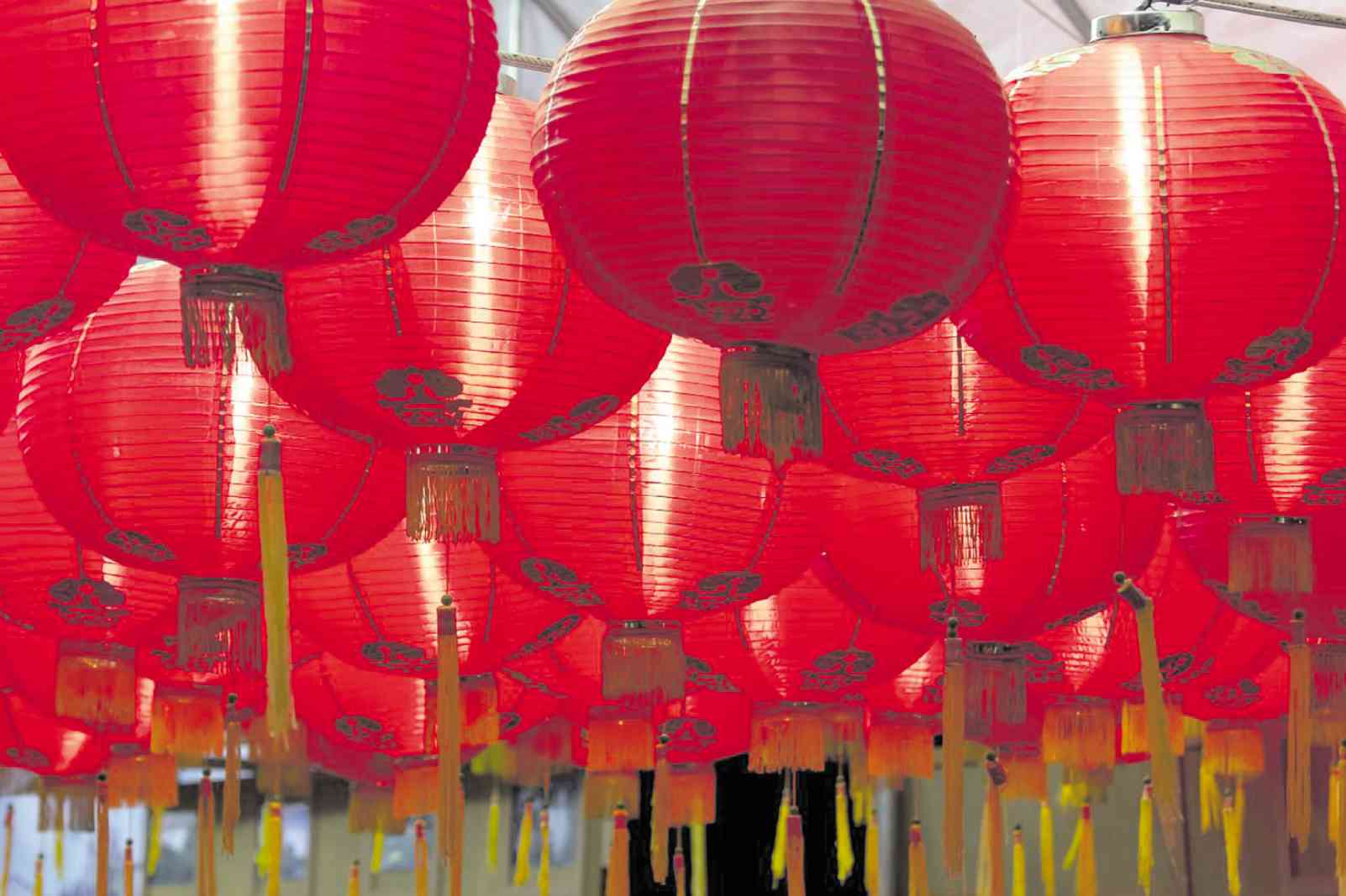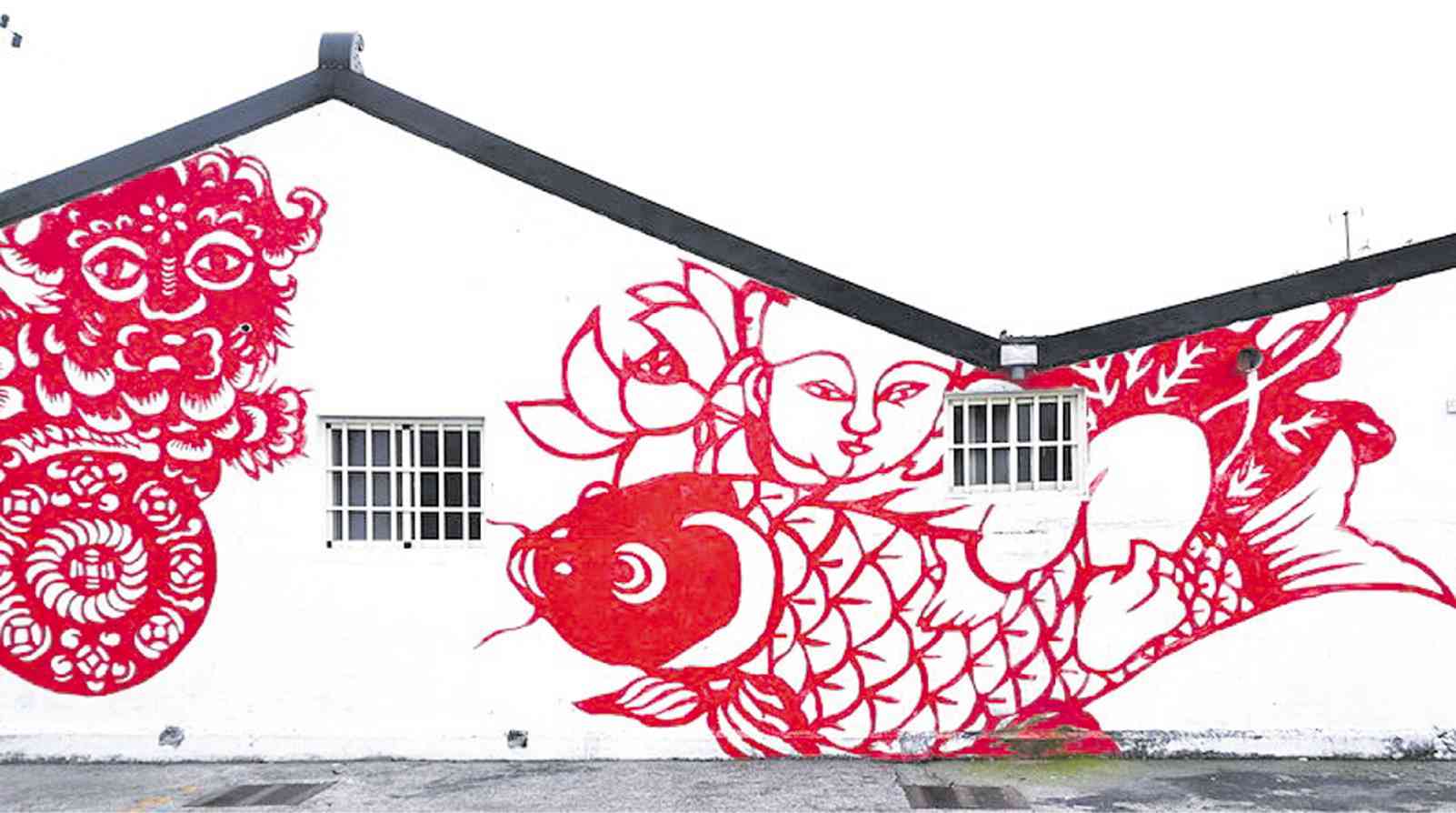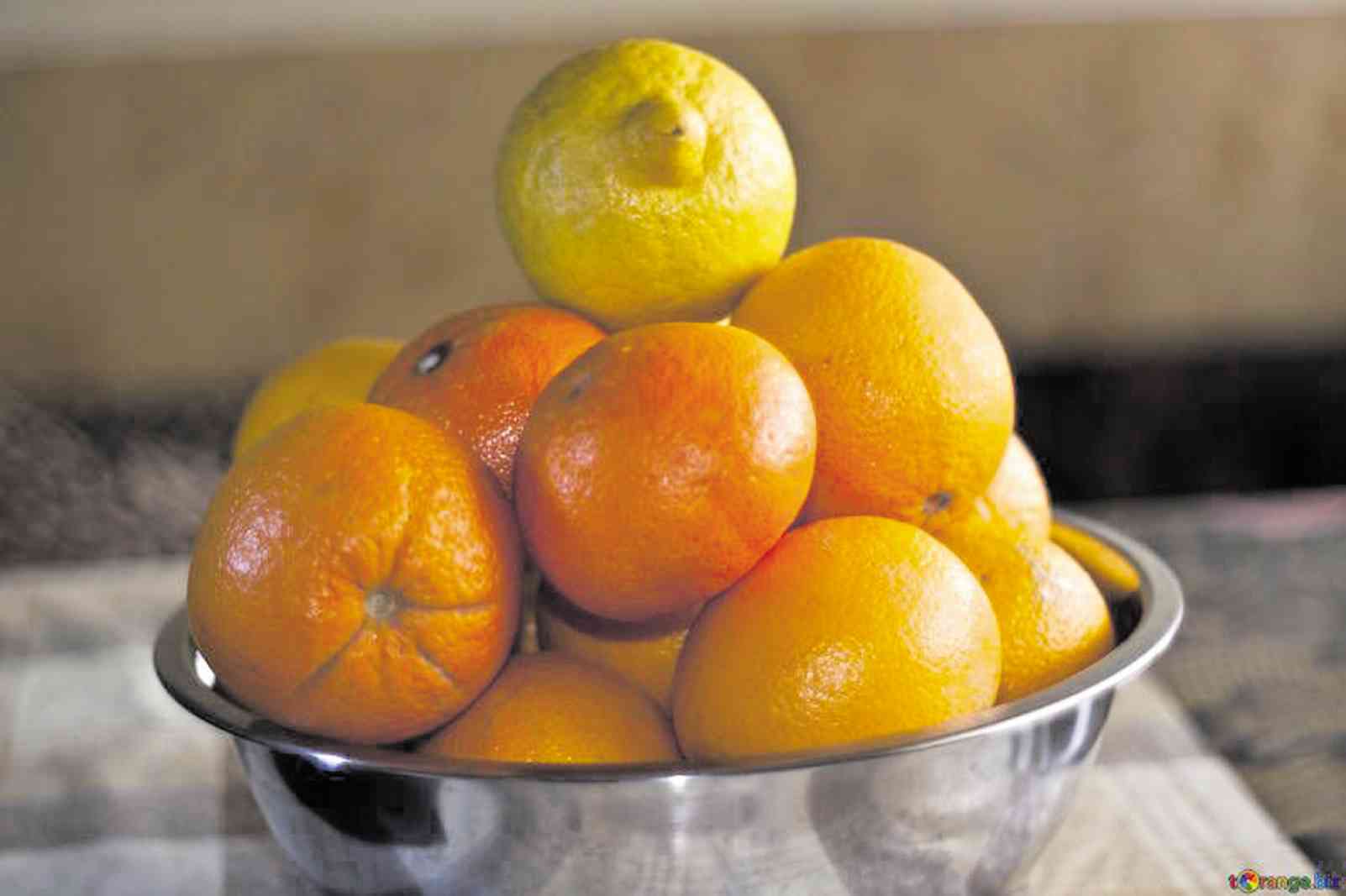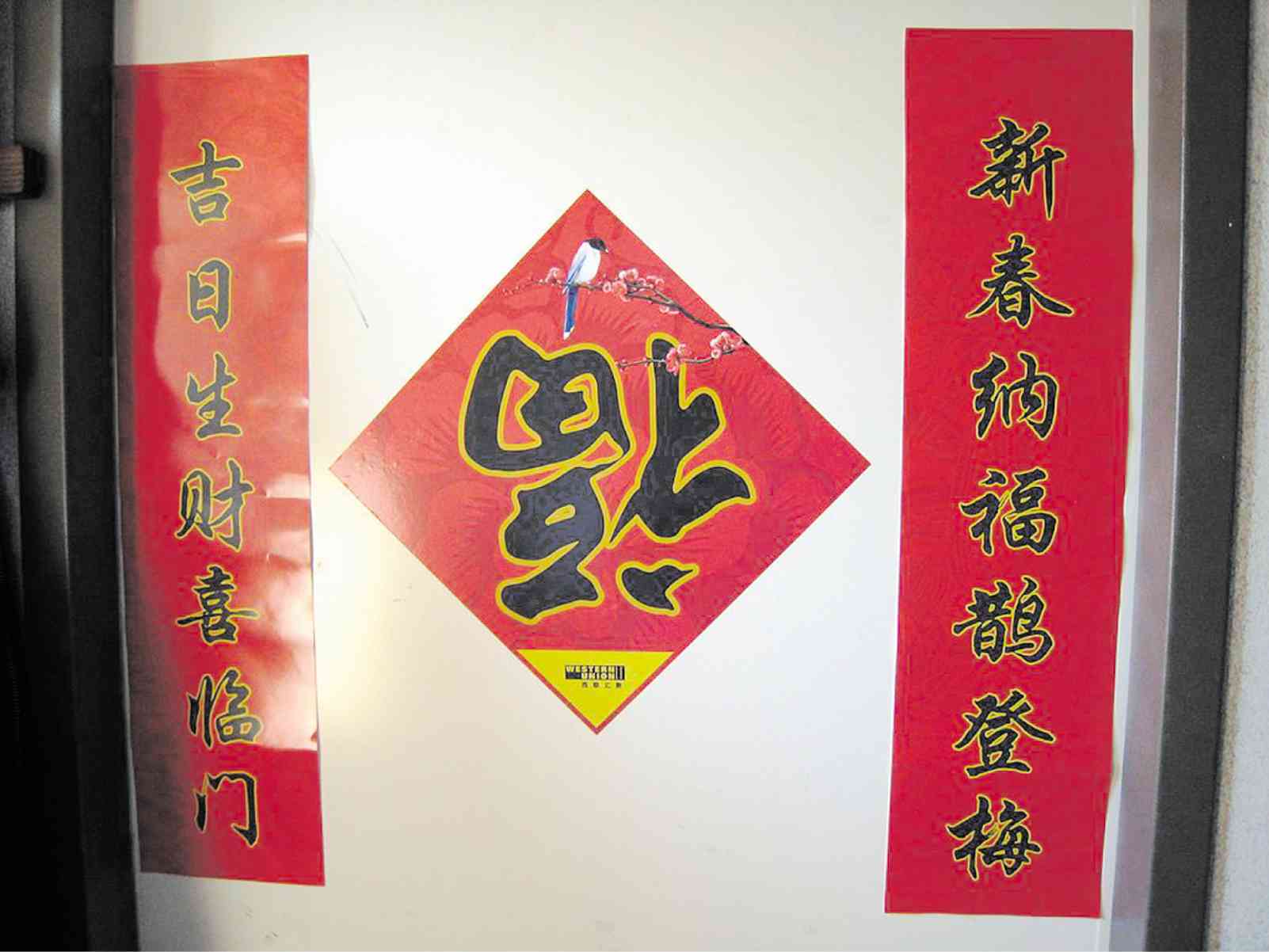Prepare your home for the Chinese New Year
Today marks the beginning of the Chinese New Year. Also known as the Spring Festival, it is an annual, 15-day long celebration that usually includes family reunions, house decorations and a glorious amount of food.
This year’s celebration, however, is made special with a unique addition to the table: a rat.
As the Year of the Metal Rat is celebrated this Chinese New Year, many consider this time to be the perfect opportunity for new and prosperous beginnings. According to ancient myth, the rat is the first animal that arrived at the Jade Emperor’s party, making him the first of all the animals that make up the zodiac calendar.
The rat is considered a symbol of wealth, abundance and fertility. If you intend to partake in the Spring Festival celebration this year, here are some tips from feng shui experts on how to usher in the luck of the rat into your home.
Sweep away the dust
Even before the Chinese New Year begins, many families start cleaning their homes. They get rid of old items and dirt as a way of saying goodbye to the previous year. On New Year itself, however, sweeping is discouraged so as not to drive away good luck.
Besides encouraging fortune, tidying up one’s home is said to encourage the functionality of your home and the health of those who live in it. So even if you can’t sweep the floors today, it’s best to schedule a spring cleaning session pretty soon to make your home more manageable for the rest of the year.
Decorate with paper lanterns
First used during the Eastern Han Dynasty, the first Chinese lanterns were used in the religious worship of Buddha. Nowadays, these paper lanterns abound in front of house and building entrances during Chinese New Year. They are believed to scare off the Nian monster, a mythological creature, and drive off bad luck.
Chinese lanterns are red and often decorated with Chinese symbols and golden tassels. While primarily used as entrance lights, they also became status symbols in the past. Although you can buy a ready lantern in some shops, why not try making your own in a craft-making session with your children and friends?
Cut-out and display paper patterns
Considered the inventors of pulp paper, the Chinese take pride in the art of paper cutting. Also known as jianzhi, this art continues to be popular due to its decorative and cultural implications. During the Spring Festival, in particular, paper cut-outs become widespread as they are used to convey wishes of luck and prosperity among family and friends.
This New Year, cutting out a decorative pattern of the rat would surely make your home ready for the Chinese celebrations. If you want to follow tradition, cut out an intricate pattern of the zodiac animal from red paper and stick it on your window. Not only do you invite luck into your home through this practice, you also get to create beautiful silhouettes inside your home with the cut-out shadows.
Decorate with fruits
Decorate your dinner table with oranges, tangerines, pomelos and other citrus fruits to welcome fortune into your home. The first two fruits are specifically considered lucky during the Chinese New Year. Oranges symbolize good luck, while tangerines denote wealth. Gobble up these fruits on the eve of the Spring Festival celebrations, and while your fortune may not be guaranteed, you’ll surely be getting a lot of vitamins in the process.
Hang Chinese characters upside down
While this may look funny at first sight, the display of inverted Chinese symbols make sense if you want luck to pour on you. Originally displayed with an image of a jar, red pieces of Chinese calligraphy were hung upside down on doors to denote fortune falling on those entering the house.
According to legend, this practice was born out of an honest mistake. One family hung their calligraphy decorations upside down on the door. This practice was first called out but later imitated by their neighbors. The idea of an inverted fu, pouring out luck on people passing through the doors, became a well-loved idea among the Chinese and the practice has since become a norm during the annual Spring Festival.
Fill your home with flowers
As the Chinese New Year coincide with the start of spring, it is common to see flowers abloom everywhere during this time. Decorate with some fresh ones to encourage sunny and positive vibes in your home.
Example of popular flowers during this time of the year are orchids, peonies, water lilies and peach blossoms. But if you are allergic to flowers, you can also spread lucky bamboo plants or plant kumquat trees to encourage fortune and luck in your household.
Put out snack trays
As Spring Festival activities are celebrated, putting out a snack tray with eight compartments encourages specific blessings in life. Provide kumquats for prosperity, longans to encourage the birth of sons, and red melon seeds to fill the air with happiness.
Not only will you get to spread good thoughts and wishes to guests in your home, you will also allow your visitors to be full while waiting for dinner or festivities to start.
The Chinese New Year is a wonderful time for family and friends to get together, bond over meals and create new beginnings. You can decorate and clean your home to your heart’s content for the coming New Year. In the end, however, it’s the people whom you celebrate the festivities with that will make the occasion truly memorable and lucky.
Kung Hei Fat Choi!
Sources: chinahighlights.com knowfengshui.com; needpix.com; pxhere.com Helanhuaren and Mk2010 via Wikimedia Commons




